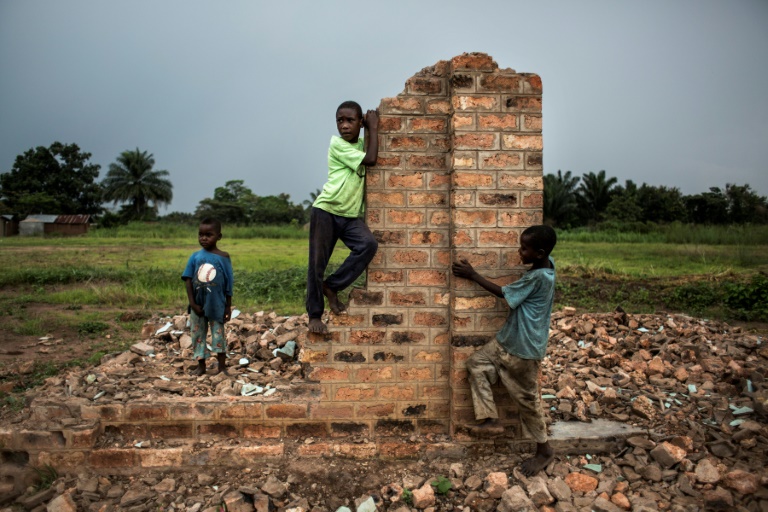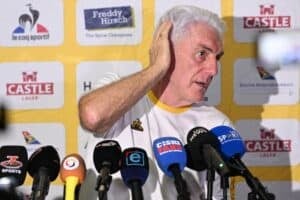A war of words has broken out between the United Nations and the DR Congo government which is shunning a donor conference in Geneva to raise $1.7 billion to tackle a humanitarian crisis that Kinshasa says has been vastly exaggerated by aid workers.
Prime Minister Jose Makila on Friday said the UN had overreacted and that aid bodies and NGOs in the country were propagating a “bad image of the Democratic Republic of Congo throughout the world”.
“The Democratic Republic of Congo declines to participate in the Geneva conference” on April 13, he said.
The United Nations has declared the humanitarian crisis in the DR Congo to be a Level 3, the UN’s highest-level emergency.
“While recognising that the country is facing an emergency situation … the activation of the top-level humanitarian emergency acts as a brake” for development and discourages investors, Makila said.
At least 13.1 million Congolese are in need of humanitarian aid, including 7.7 million who are severely food insecure, the UN Security Council said Thursday in a unanimous statement.
The UN children’s agency had sounded the alarm at the end of last year saying 400,000 children risked dying in the central diamond-rich Kasai region, which has been ravaged by conflict.
At least 3,000 people have died and about 1.4 million have been displaced.
“We are not now saying that children risk dying, but we are saying that children are already dying,” UNICEF spokesman Christophe Boulierac told AFP.
UNICEF has only been able to care for 65,000 children diagnosed with Severe Acute Malnutrition (SAM), the most acute form which can lead to death, Boulierac said. “That’s far too few.
“This is not the time to discuss strategies,” he said. “If we act now, we can save lives.”
An AFP team visited Kananga, one of the main cities in Kasai this week and found an overwhelming number of children with SAM at the Saints Martyrs health centre where in a matter of minutes, eight out of 10 children were diagnosed with the condition.
– ‘Catastrophic situation’ –
The other two had chronic malnutrition which stunts mental and physical development.
“Children with SAM are nine times more prone to dying than a properly nourished child,” said Marie-Louise Misenga, a nurse at the centre.
Bibomba, aged about seven, sat patiently in front of the centre next to a 17-year-old boy. Both had skeletal figures.
“My granddaughter is facing death. She’s very sick and she’s not eating or going to school,” wailed Angele, the grandmother of nine-year-old Aimee.

The region has been ravaged by conflict
At Tshikapa, another town in Kasai, eight children died of malnutrition in a few days at the Eben Ezer church where 200 displaced families are being housed and receive support from British charity Oxfam.
“I was shocked to see the reality. The situation is catastrophic,” said Ghislain Mumbere, an engineer who had come from Kinshasa to clean up local sources of drinking water.
Greater Kasai, grouping provinces created in 2015 in a change of internal borders, exploded into violence in September 2016, after soldiers killed a local traditional leader known as the Kamwina Nsapu.
Fighting between security forces and Kamwina Nsapu loyalists has since killed more than 3,000 people and displaced 1.4 million, according to the Roman Catholic church. Successive harvests have been destroyed.






